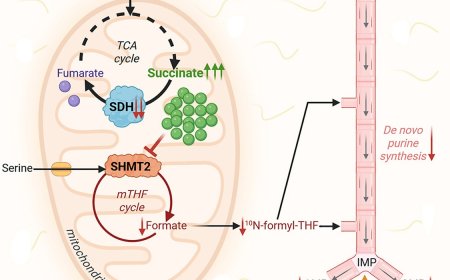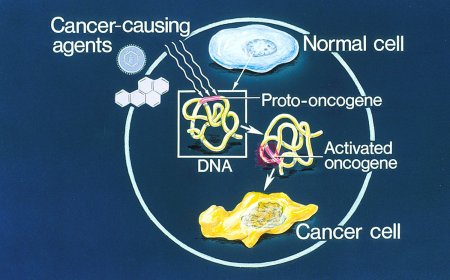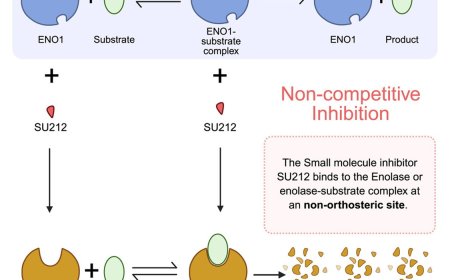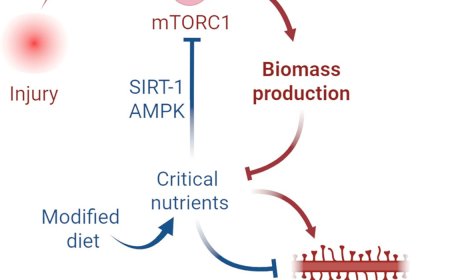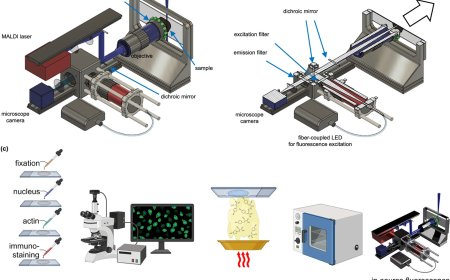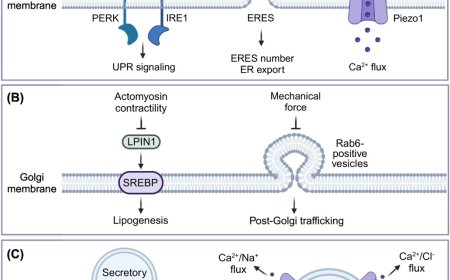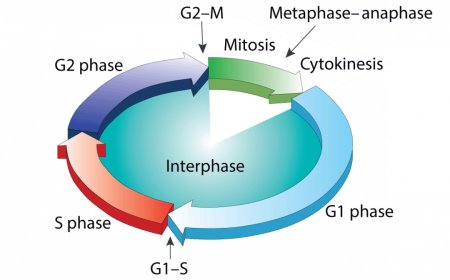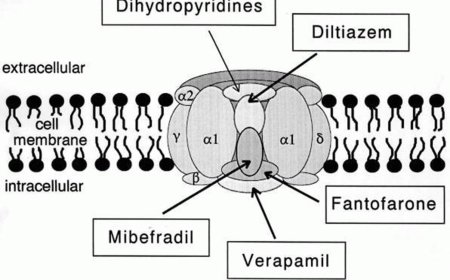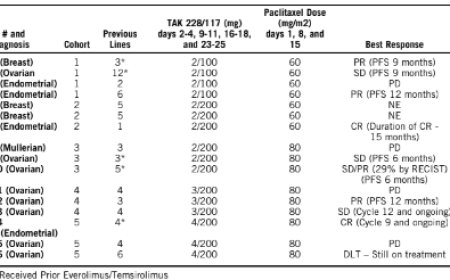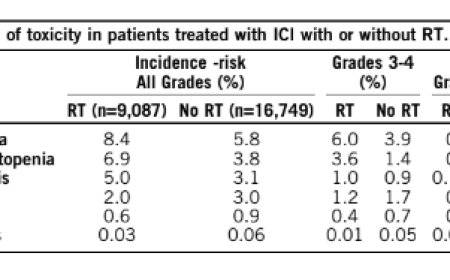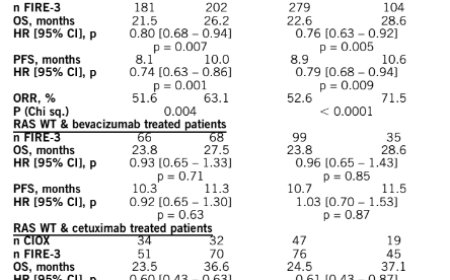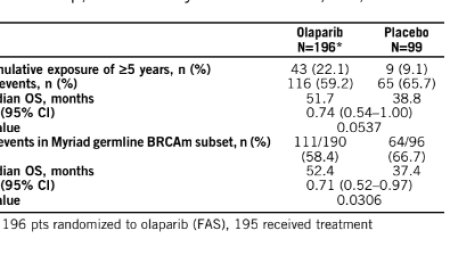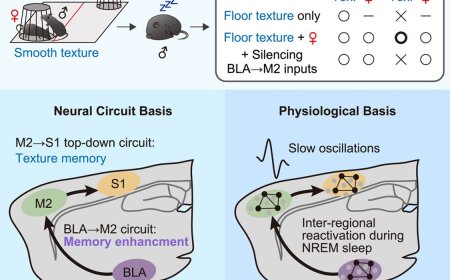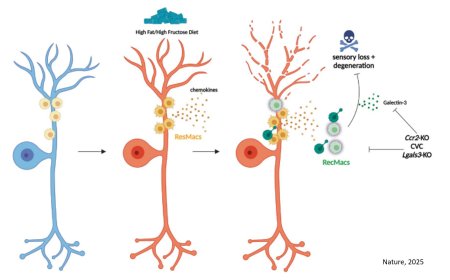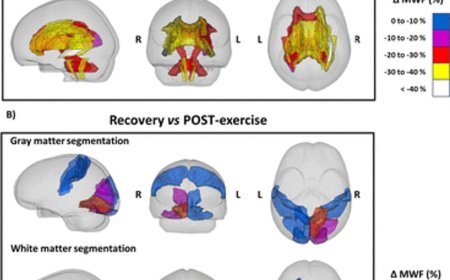Impact of Alzheimer’s disease on the whole body

While Alzheimer’s disease is mostly considered a disorder of the brain, emerging evidence suggests that the condition also affects other organs of the body. Working with the laboratory fruit fly, researchers provide a new understanding of how Alzheimer’s disease affects different tissues across the entire body. The findings, published in Neuron, reveal new insights into brain-body communication in neurodegeneration and pave the way for identifying novel biomarkers and therapeutic targets for Alzheimer’s disease.
“Alzheimer's disease is a neurodegenerative disorder characterized by the accumulation in the brain of amyloid plaques containing the Aβ42 protein and tangles of thread-like structures of the Tau protein. To better understand how the disorder affects other organs in the body, we created an Alzheimer's Disease Fly Cell Atlas, which profiles the genes expressed by single cells of 219 cell types in the heads and bodies of Alzheimer’s disease fruit flies,” said co-corresponding author.
The researchers created Alzheimer’s disease fruit flies by expressing Aβ42 or Tau only in the neurons of adult flies. This approach avoids developmental effects and focuses on adult characteristics. Then, they assessed the presence of changes in the brains and other organs of these modified flies.
“We found that expressing Aβ42 or Tau in neurons affected both neurons and other tissues in the fruit fly body,” said a co-first author. “Aβ42 expression primarily affected the nervous system. Sensory neurons involved in vision, audition and olfaction were particularly vulnerable. A decline in the sense of smell can be an early symptom of Alzheimer’s disease, and in this study we identified specific olfactory neurons affected by Aβ42 in fruit flies.”
“On the other hand, Tau expression in neurons led to significant changes, mostly in peripheral tissues, for instance altered fat metabolism and digestion and reduced fecundity. These alterations mimic age-associated changes, suggesting that Tau expression accelerates aging,” said another co-first author. “We found that neuronal connectivity and other factors that mediate brain-body communication were disrupted in Tau flies.”
“These and other findings described in the Alzheimer's Disease Fly Cell Atlas improve our understanding of how Alzheimer’s disease-associated proteins, Aβ42 and Tau, affect an organism as a whole,” said a co-corresponding author of the work.
This comprehensive resource serves as a valuable tool for the neurodegeneration research community. The Alzheimer's Disease Fly Cell Atlas enables further exploration of whole-body changes and brain-body interactions in Alzheimer’s disease that may lead to a better understanding of the condition and improved treatments.
